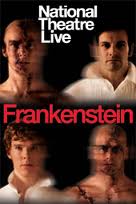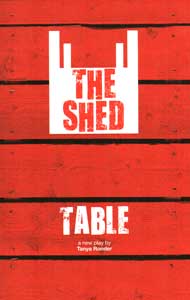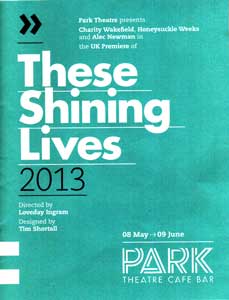 ‘Race’ by David Mamet at Hampstead Theatre
‘Race’ by David Mamet at Hampstead Theatre
13th June, 2013
‘Do you know what you can say to a black man on the subject of race?’
‘Nothing’
The added nuance that comes from these lines is that they are written by a white American writer who, literally, puts words in the mouths of black people. Within this context, we do have to remember that American life and public discourse in the United States is very formal, albeit anodyne, and not just on the issue of race. Even on network television, you are not even allowed to use the word like ‘bloody’ and follow up questions are rare. Race is just a taboo subject. As Mamet proclaims: Race, like sex, is a subject on which it is near impossible to tell the truth. We need also to be mindful that the play hit Broadway in 2009 when the country boasted a newly-elected African-American president – a period in its history that could dare to call itself post-racial. David Mamet’s Race slams on the brakes just in time before any sense of being self-congratulatory kicks in.
Over fifty years ago in ‘To Kill a Mockingbird,’ a black man accused of raping a white woman is necessarily found guilty by virtue of the colour of his skin. Rules are reversed in ‘Race ‘ which begins as a crime mystery, when two high-profile lawyers, Henry Brown(Clarke Peters) who is black, and the white Jack Lawson (Jasper Britton) debate whether to defend a wealthy, white, racist client, Charles Strickland(Charles Daish) who is charged with the rape of a black woman. Strickland admits that he was intimate with his accuser but claims it wasn’t rape, insisting that the sex was consensual. As one of the characters remarks, it is an almost impossible case for the defence to win. Underpinning this is a barbed jibe at the exoneration of O.J. Simpson, despite forensic evidence linking him to a crime —an early indicator of the mid-nineties mind-set that informs the play. On the fringe emerges an attack from a young, black, female lawyer, Susan (Nina Tousaint-White)who highlights further how lawyers navigate the unspoken value systems of the jury. Continue reading Race

 The dilemma of negotiating the journey home was as plausible as I remember experiencing.
The dilemma of negotiating the journey home was as plausible as I remember experiencing.






